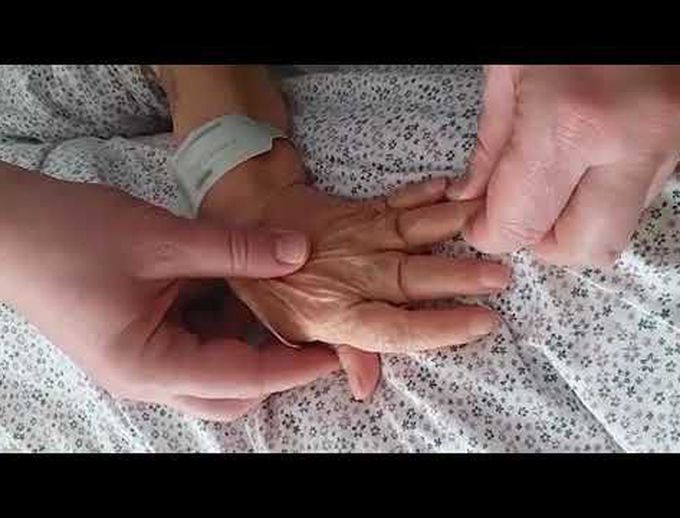


Telescoping Fingers in Rheumatoid Arthritis
A 69-year-old woman presented to the rheumatology clinic for the treatment of severe joint deformities. She had received a diagnosis of rheumatoid arthritis 18 years earlier, and the disease had been refractory to various treatments including glucocorticoids, methotrexate, leflunomide, adalimumab, etanercept, abatacept, and rituximab. Physical examination showed ulnar deviation of both hands. There was tenderness and swelling in the metacarpophalangeal joints in both hands and in the wrists, elbows, knees, and left ankle. Examination of the hands also showed shortened fingers with loss of active finger flexion and an inability to make a fist. Traction applied at the distal phalanges allowed the digits to be stretched, and the digits returned to their original positions when the phalanges were released (see video). Plain radiographs of the hands showed severe osteolysis of the distal ulna and radius and the carpal, metacarpal, and phalangeal bones. The observed telescoping phenomenon is a consequence of this bone resorption. The patient received treatment with tofacitinib, methotrexate, low-dose prednisone, and ibandronic acid, which reduced the pain and swelling but did not change hand functionality.


